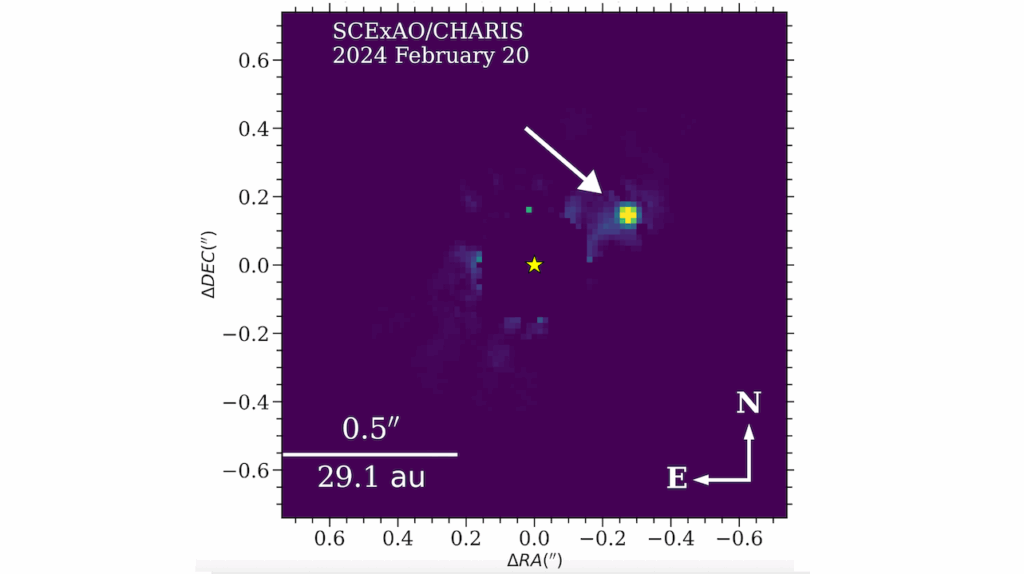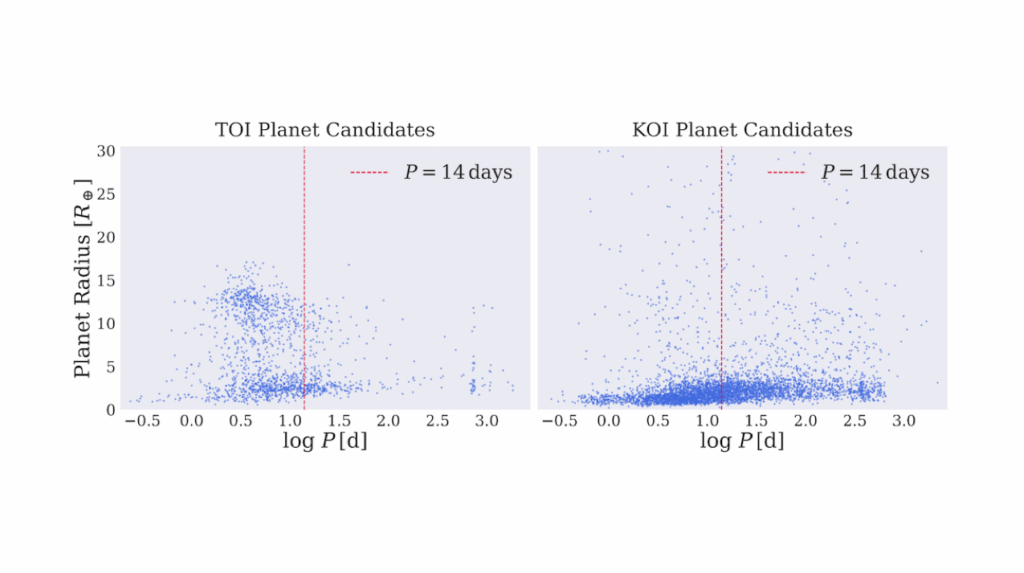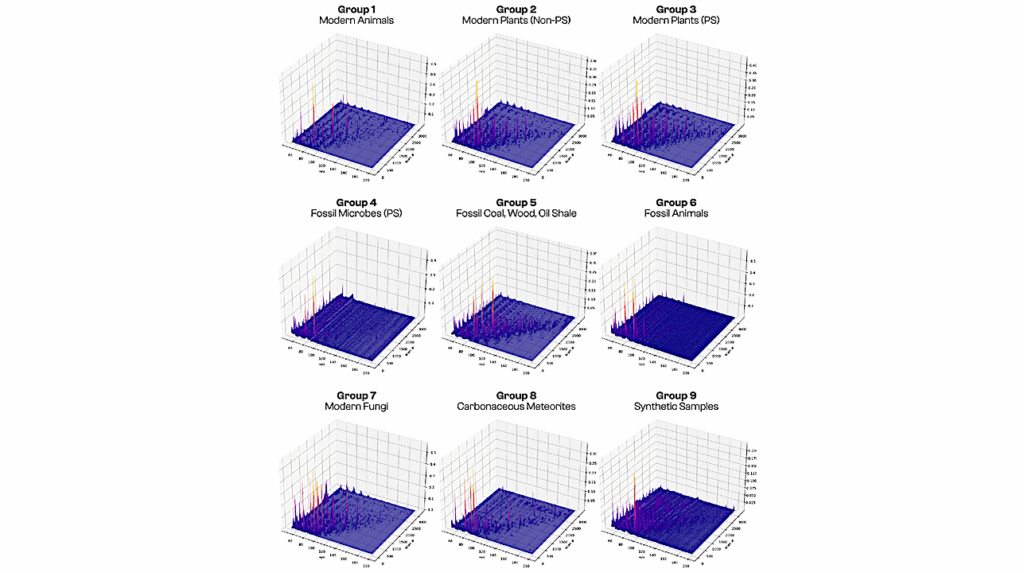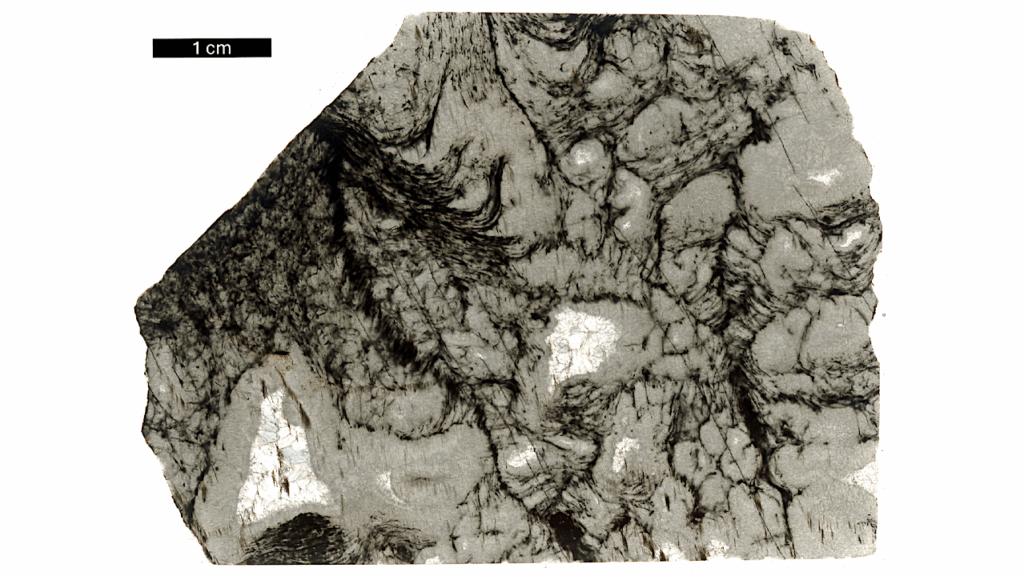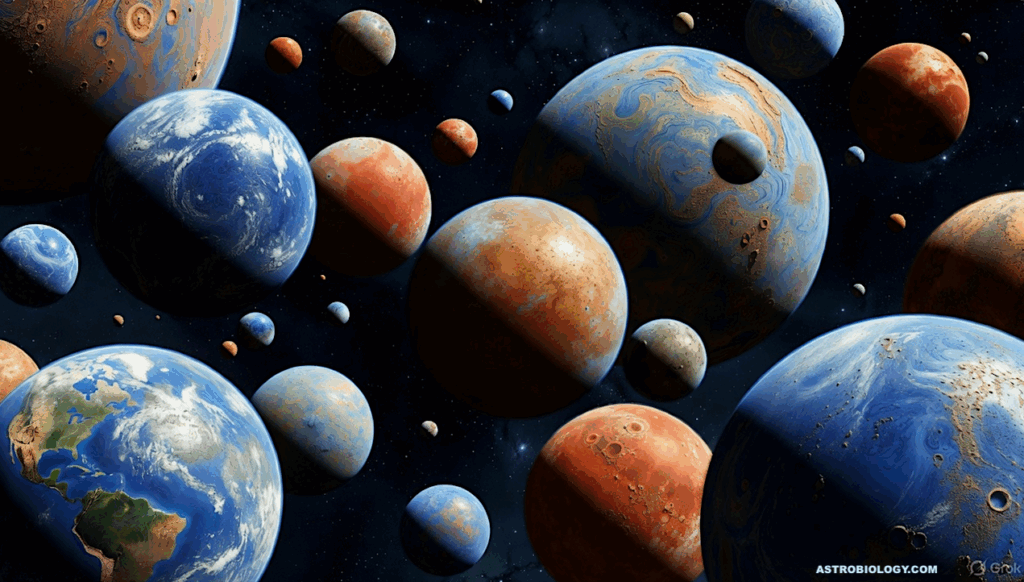Gen TSO: A General JWST Simulator for Exoplanet Times-series Observations
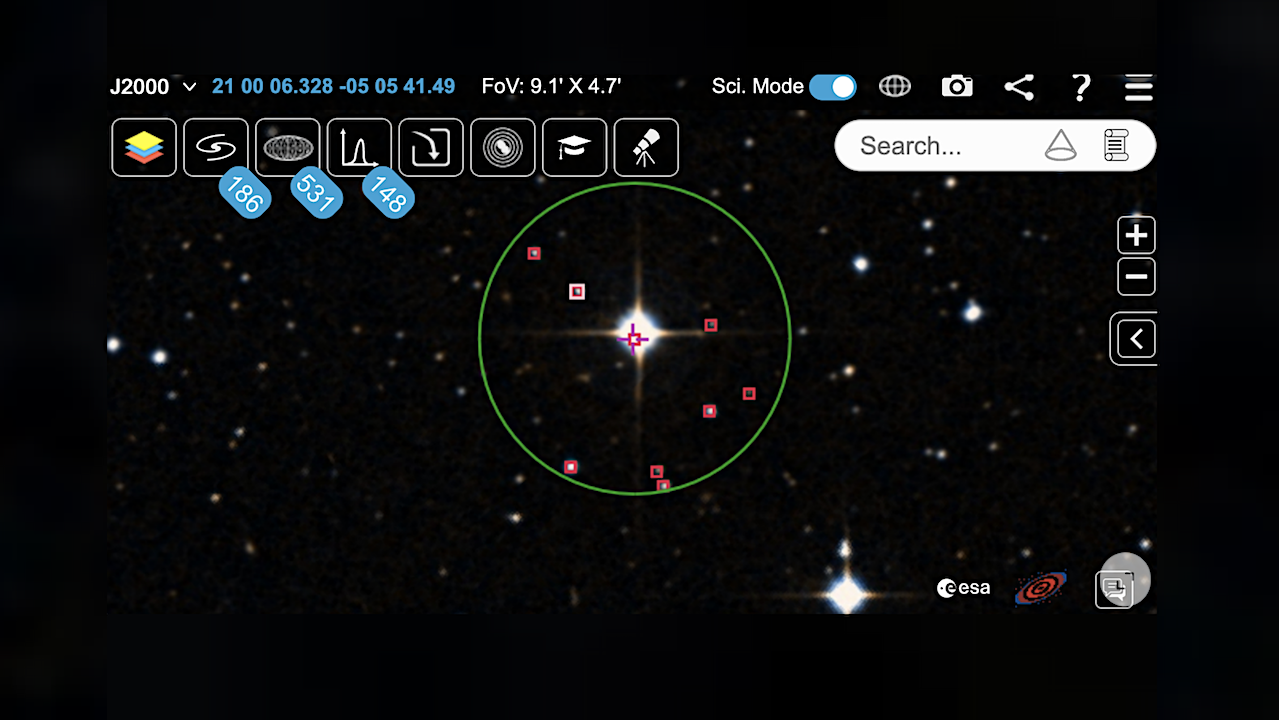
Gen TSO is a noise calculator specifically tailored to simulate James Webb Space Telescope (JWST) time-series observations of exoplanets. Gen TSO enables the estimation of signal-to-noise ratios (S/N) for transit or eclipse depths through an interactive graphical interface, similar to the JWST Exposure Time Calculator (ETC).
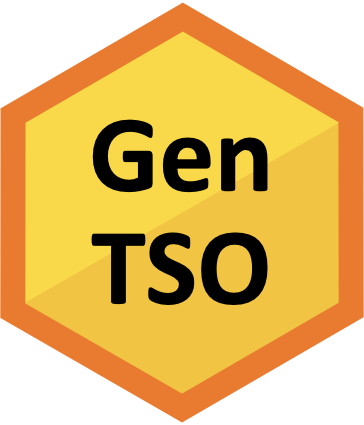
This interface leverages the ETC by combining its noise simulator, Pandeia, with additional exoplanet resources from the NASA Exoplanet Archive, the Gaia DR3 catalog of stellar sources, and the TrExoLiSTS database of JWST programs. The initial release of Gen TSO allows users to calculate S/Ns for all JWST instruments for the spectroscopic time-series modes available as of the Cycle 4 GO call.
Additionally, Gen TSO allows users to simulate target acquisition on the science targets or, when needed, on nearby stellar targets within the visit splitting distance. This article presents an overview of Gen TSO and its main functionalities. Gen TSO has been designed to provide both an intuitive graphical interface and a modular API to access the resources mentioned above, facilitating planing and simulation of JWST exoplanet time-series observations.
Gen TSO is available for installation via the Python Package Index and its documentation can be found at https://pcubillos.github.io/gen_tso/
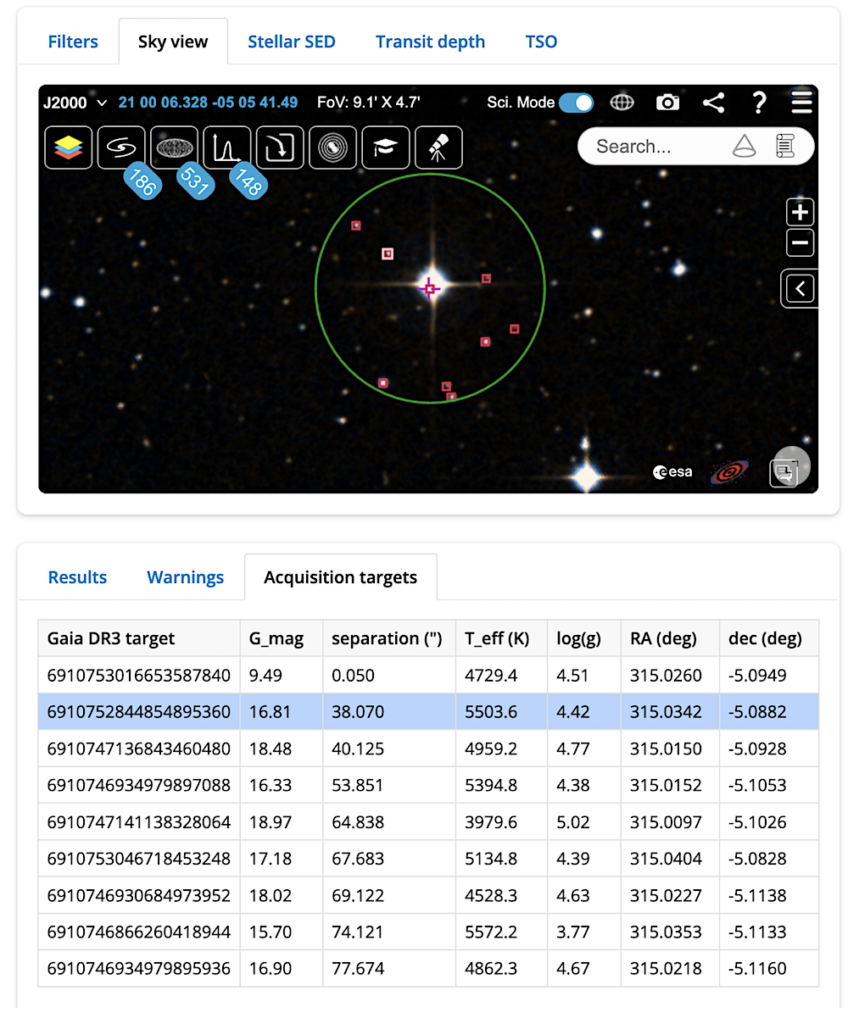
Top: ESASky visualization of the field of view around WASP-69. Bottom: List of Gaia DR3 stellar sources within the visit splitting distance of WASP-69. Queries for Gaia stellar sources around a target will trigger the red square markers in the ESASky viewer indicating the location of the Gaia stellar sources and the green circle denoting the 80′′ visit splitting distance. As an additional visual cue to guide the user, the ESASky viewer will highlight the source currently selected from the Gaia DR3 target list. — astro-ph.EP
Patricio E. Cubillos
Comments: Submitted to the Publications of the Astronomical Society of the Pacific
Subjects: Earth and Planetary Astrophysics (astro-ph.EP); Instrumentation and Methods for Astrophysics (astro-ph.IM)
Cite as: arXiv:2410.04856 [astro-ph.EP] (or arXiv:2410.04856v1 [astro-ph.EP] for this version)
https://doi.org/10.48550/arXiv.2410.04856
Focus to learn more
Submission history
From: Patricio Cubillos
[v1] Mon, 7 Oct 2024 09:19:19 UTC (3,073 KB)
https://arxiv.org/abs/2410.04856
Astrobiology


